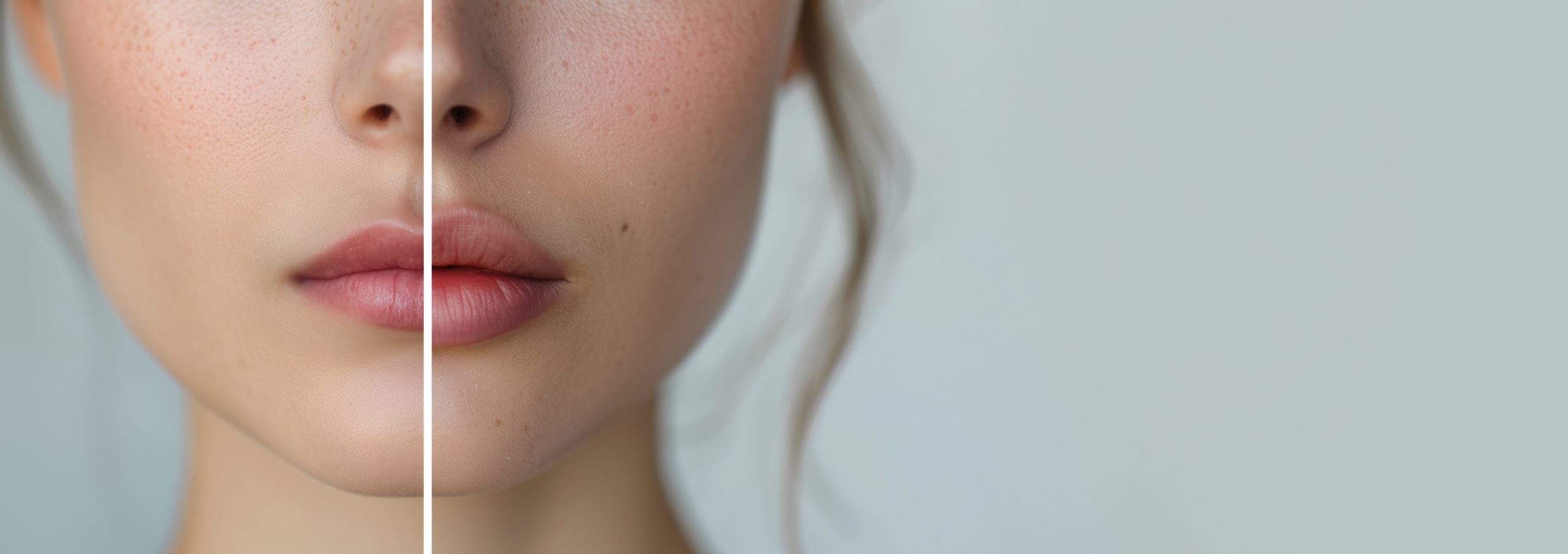No, dermal fillers do not last forever. The results are temporary and typically last anywhere from 6 months to 2 years, depending on the type of filler used and the area treated. Here’s a breakdown of how long different types of fillers tend to last:
How Long Dermal Fillers Last
- Hyaluronic Acid Fillers (HA) (e.g., Juvederm, Restylane):
- These typically last between 6 to 12 months for most areas. However, some areas, like the lips, may require more frequent touch-ups, while areas like the cheeks or under the eyes may last closer to a year.
- Calcium Hydroxylapatite Fillers (e.g., Radiesse):
- These tend to last 12 to 18 months as they provide more structural support and tend to stay in place longer.
- Poly-L-Lactic Acid Fillers (e.g., Sculptra):
- These are longer-lasting, often lasting 2 years or more because they stimulate collagen production over time, providing gradual and lasting improvement.
- Polymethylmethacrylate (PMMA) Fillers (e.g., Bellafill):
- These are considered semi-permanent, often lasting several years, as the microspheres in the filler stay in place and encourage collagen production.
Why Do Dermal Fillers Wear Off?
The body gradually breaks down and absorbs the filler material over time. For example, hyaluronic acid, a naturally occurring substance in the body, is metabolized by the body, which causes the effects to diminish. As a result, the volume that was added with fillers begins to reduce, and wrinkles or folds may return.
How to Maintain Results
To keep enjoying the effects of dermal fillers, you will need maintenance treatments. Many people schedule touch-up appointments every 6 to 12 months to maintain volume and smoothness in the treated areas.
If you decide to stop using fillers, your face will gradually return to its natural appearance over time, but you won’t experience any sudden changes. The results simply fade as the filler breaks down and is absorbed by the body.
